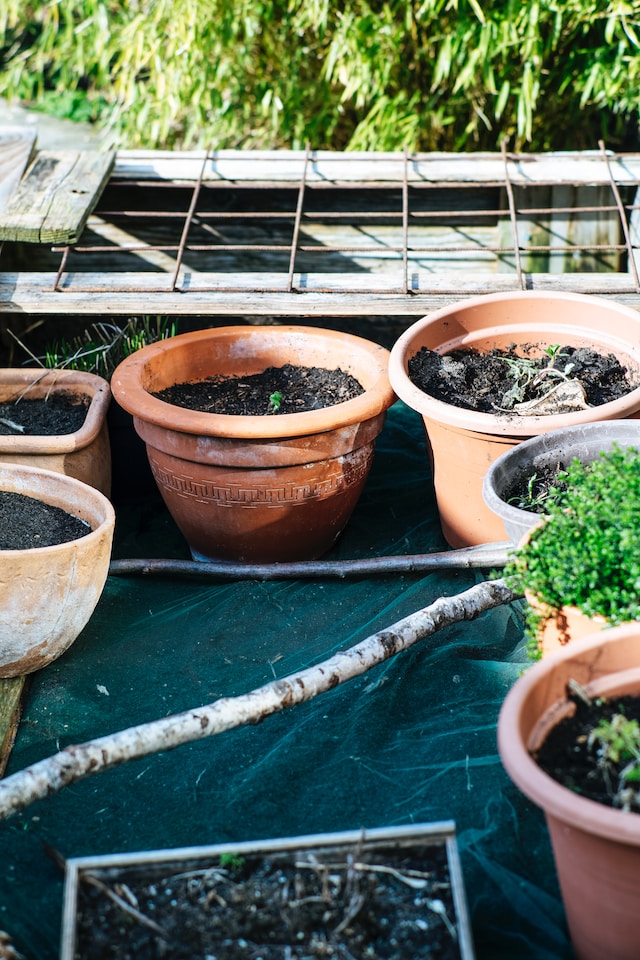Natural Predators in Pest Control
When you think of greenhouses, the first things that come to mind are probably lush greens and a vibrant array of flowers, not creepy crawlies. However, pests are a common issue in micro-greenhouses. Yet, there’s a natural solution to this problem: introducing natural predators of common pests. This approach offers an alternative to harmful chemicals while keeping your micro-greenhouse thriving.
One example of this is utilizing ladybugs, which are known to feed on aphids, a common pest in greenhouses. This friendly beetle is easy to introduce into your micro-greenhouse environment, and they will feast on the pests that are ravaging your plants. Similarly, predatory mites can be a savior against spider mites, a destructive pest for plants, effecting a balance in the micro-ecosystem of your greenhouse.
There are also predatory insects like the parasitic wasps, that neutralize pests from the inside out. The parasitic wasp lays its eggs inside the body of the pest, and when the larvae hatch, they consume the host from the inside. This method is quite effective against a range of common pests like caterpillars, moths, and beetles.
Organic Pest Control Methods
There are other natural methods to control pests, one of which is companion planting. This technique involves planting certain types of plants together that can mutually benefit each other by repelling pests. For example, marigolds are known to repel aphids, while basil and tomatoes grown together reportedly ward off tomato hornworms.
Another organic method is using biofungicides. These natural, non-toxic substances eliminate pests by disrupting their lifecycle, preventing them from reproducing and causing an infestation. You can also set up traps using pheromones or other attractants to catch and contain pests before they cause too much damage.
Remember, the goal of organic pest control is not just to eliminate pests, but also to maintain a healthy and balanced ecosystem in your micro-greenhouse.
Integrated Pest Management (IPM) Techniques
Having discussed natural predators and organic methods, it’s also vital to understand the importance of Integrated Pest Management (IPM) techniques. These strategies integrate a variety of pest control methods, including monitoring and decision-making, to effectively manage pests without causing harm to other creatures or the environment.
Regular monitoring helps identify potential issues before they become problematic. This can include regular checks for signs of pests, disease, or other issues that could contribute to an unhealthy environment. Additionally, decision-making strategies are essential in determining when its necessary to introduce a pest control method in the first place.
A successful IPM strategy also involves understanding and manipulating the lifecycle of pests, to prevent them from reaching a damaging population level.
Practices for maintaining a pest-free environment
General practices such as ensuring a clean environment can go a long way in keeping your micro-greenhouse pest-free. Regularly removing plant debris and disinfecting tools and surfaces can help prevent possible pest and disease outbreaks.
Proper temperature, light, and humidity control can also play a significant role in pest prevention. Pests like mites and fungi thrive in specific conditions, so by creating an environment that’s unfavourable for pests but healthy for your plants, you minimize potential infestations.
Regular and thorough plant inspections are also recommended to catch any signs of pest activity early. Remember, a healthy micro-greenhouse is not just free from pests, but also a conducive environment that promotes the growth and flourishing of your chosen plants.

